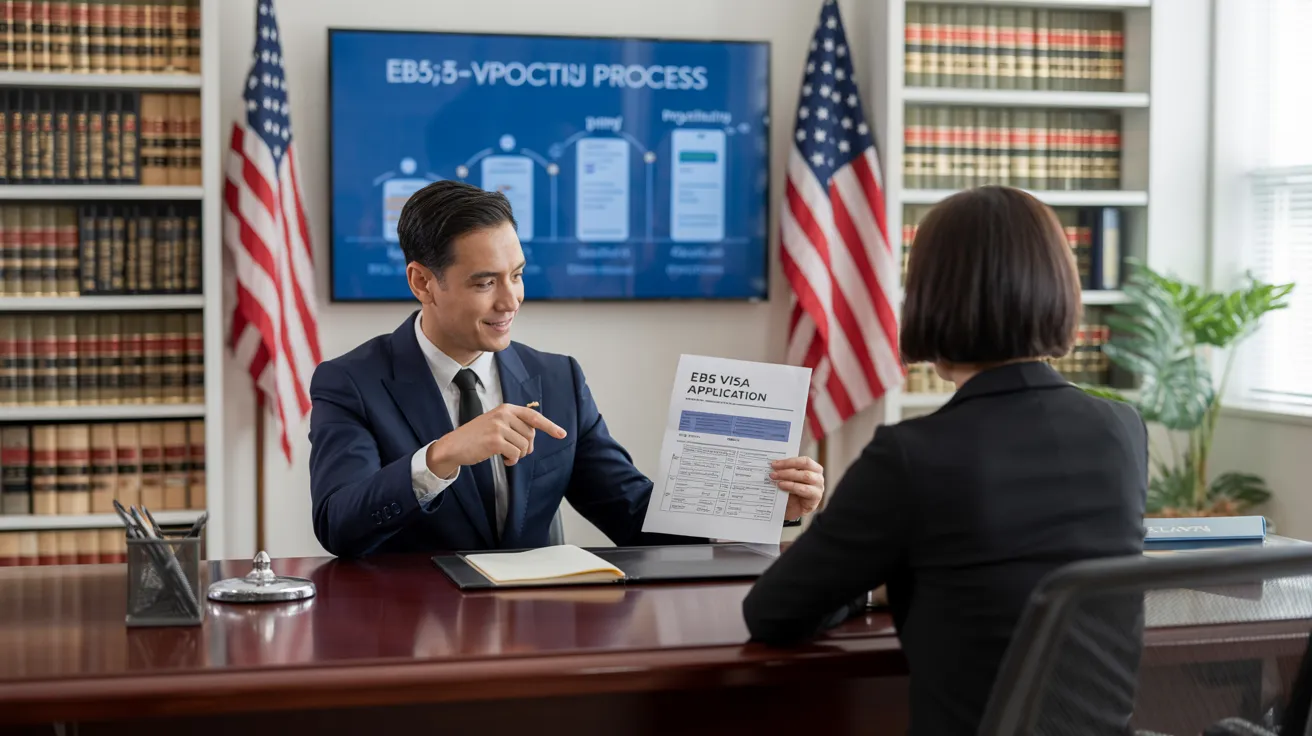The Basic Principles Of L1 Visa
Table of ContentsThe Facts About L1 Visa UncoveredThe Best Strategy To Use For L1 VisaFacts About L1 Visa RevealedThe Ultimate Guide To L1 VisaFascination About L1 VisaEverything about L1 Visa
Available from ProQuest Dissertations & Theses Worldwide; Social Scientific Research Costs Collection. (2074816399). (PDF). Congress. (PDF). DHS Workplace of the Examiner General. (PDF). (PDF). "Nonimmigrant Visa Stats". Retrieved 2023-03-26. Department of Homeland Safety Office of the Inspector General, "Review of Vulnerabilities and Potential Abuses of the L-1 Visa Program," "A Mainframe-Size Visa Loophole".
United State Department of State. Recovered 2023-02-08. Tamen, Joan Fleischer (August 10, 2013).
Rumored Buzz on L1 Visa
In order to be eligible for the L-1 visa, the foreign business abroad where the Beneficiary was employed and the U.S. company should have a qualifying connection at the time of the transfer. The various kinds of qualifying relationships are: 1. Parent-Subsidiary: The Moms and dad suggests a company, corporation, or various other legal entity which has subsidiaries that it owns and regulates."Subsidiary" means a company, company, or other lawful entity of which a parent possesses, directly or indirectly, more than 50% of the entity, OR possesses less than 50% yet has management control of the entity.
Example 1: Business A is incorporated in France and employs the Recipient. Business B is integrated in the united state and desires to petition the Recipient. Company A has 100% of the shares of Business B.Company A is the Moms And Dad and Firm B is a subsidiary. Therefore there is a certifying partnership in between the 2 companies and Company B need to have the ability to fund the Recipient.
Example 2: Business A is incorporated in the U - L1 Visa.S. and wants to petition the Beneficiary. Firm B is included in Indonesia and utilizes the Recipient. Firm An owns 40% of Business B. The continuing to be 60% is had and managed by Firm C, which has no connection to Firm A.Since Firm A and B do not have a parent-subsidiary partnership, Business A can not fund the Recipient for L-1.
Firm An owns 40% of Business B. The continuing to be 60% is possessed by Business C, which has no relationship to Business A. However, Company A, by formal contract, controls and full takes care of Company B.Since Company An owns less than 50% of Company B however handles and controls the business, there is a certifying parent-subsidiary connection and Business A can sponsor the Beneficiary for L-1.
5 Simple Techniques For L1 Visa
Associate: An associate is 1 of 2 subsidiaries thar are both owned and managed by the same moms and dad or individual, find out more or had and controlled by the same team of individuals, in primarily the very same ratios. a. Instance 1: Business A is included in Ghana and employs the Beneficiary. Business B is included in the U.S.
Company C, additionally incorporated in Ghana, owns 100% of Company A and 100% of Firm B.Therefore, Firm A and Company B are "affiliates" or sister business and a certifying partnership exists in between the two business. Business B should be able to fund the Recipient. b. read more Example 2: Firm A is incorporated in the U.S.
Company A is 60% owned by Mrs. Smith, 20% possessed by Mr. Doe, and 20% owned by Ms. Brown. Business B is integrated in Colombia and currently utilizes the Recipient. Firm B is 65% had by Mrs. Smith, 15% had by Mr. Doe, and 20% had by Ms. Brown. Firm A and Business B are affiliates and have a qualifying partnership in two different means: Mrs.
The L-1 visa is an employment-based visa group developed by Congress in 1970, enabling multinational firms to move their managers, execs, or vital workers to their U.S. operations. It is typically referred to as the intracompany transferee visa.

Furthermore, the beneficiary must have operated in a supervisory, executive, or specialized employee placement for one year within the 3 years preceding the L-1A application in the international business. For brand-new office applications, international employment needs to have remained in a supervisory or executive capability if the beneficiary is coming to the United States to work as a manager or exec.
The Of L1 Visa

If approved for an U.S. firm functional for more than one year, the preliminary L-1B visa is for as much as three years and can be expanded for an extra 2 years (L1 Visa). On the other hand, if the united state firm is freshly established or has been functional for much less than one year, the preliminary L-1B visa is released for one year, with extensions readily available in two-year increments
The L-1 visa is an employment-based visa category developed by Congress in 1970, permitting multinational firms to move their supervisors, executives, or key personnel to their U.S. operations. It is frequently referred to as the intracompany transferee visa.
The Best Strategy To Use For L1 Visa
Furthermore, the find out more recipient needs to have functioned in a supervisory, executive, or specialized employee placement for one year within the 3 years coming before the L-1A application in the foreign firm. For brand-new workplace applications, foreign work needs to have been in a managerial or executive capacity if the beneficiary is pertaining to the United States to function as a supervisor or exec.
for as much as seven years to manage the operations of the U.S. affiliate as an exec or supervisor. If provided for a united state company that has been operational for more than one year, the L-1A visa is initially approved for as much as 3 years and can be extended in two-year increments.
If given for a united state firm functional for even more than one year, the first L-1B visa is for up to three years and can be expanded for an extra two years. Alternatively, if the U.S. company is recently established or has actually been functional for less than one year, the initial L-1B visa is released for one year, with extensions available in two-year increments.